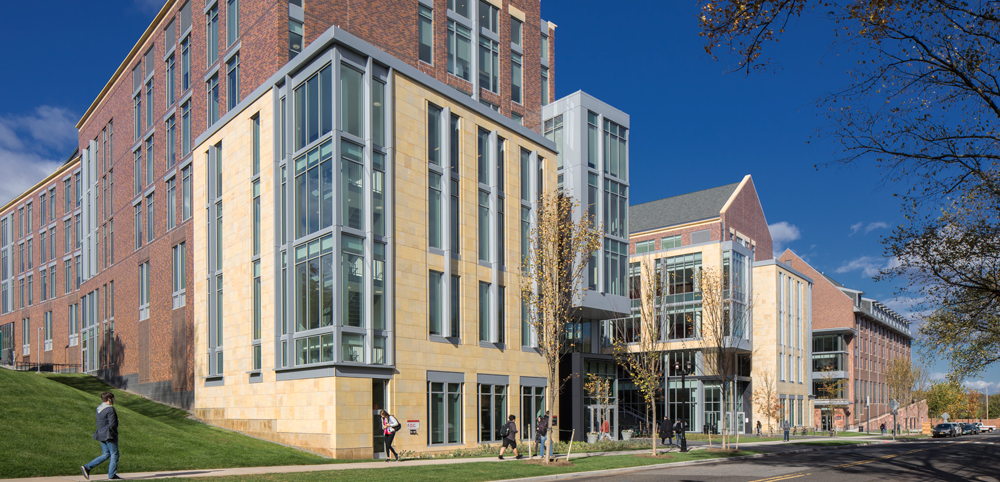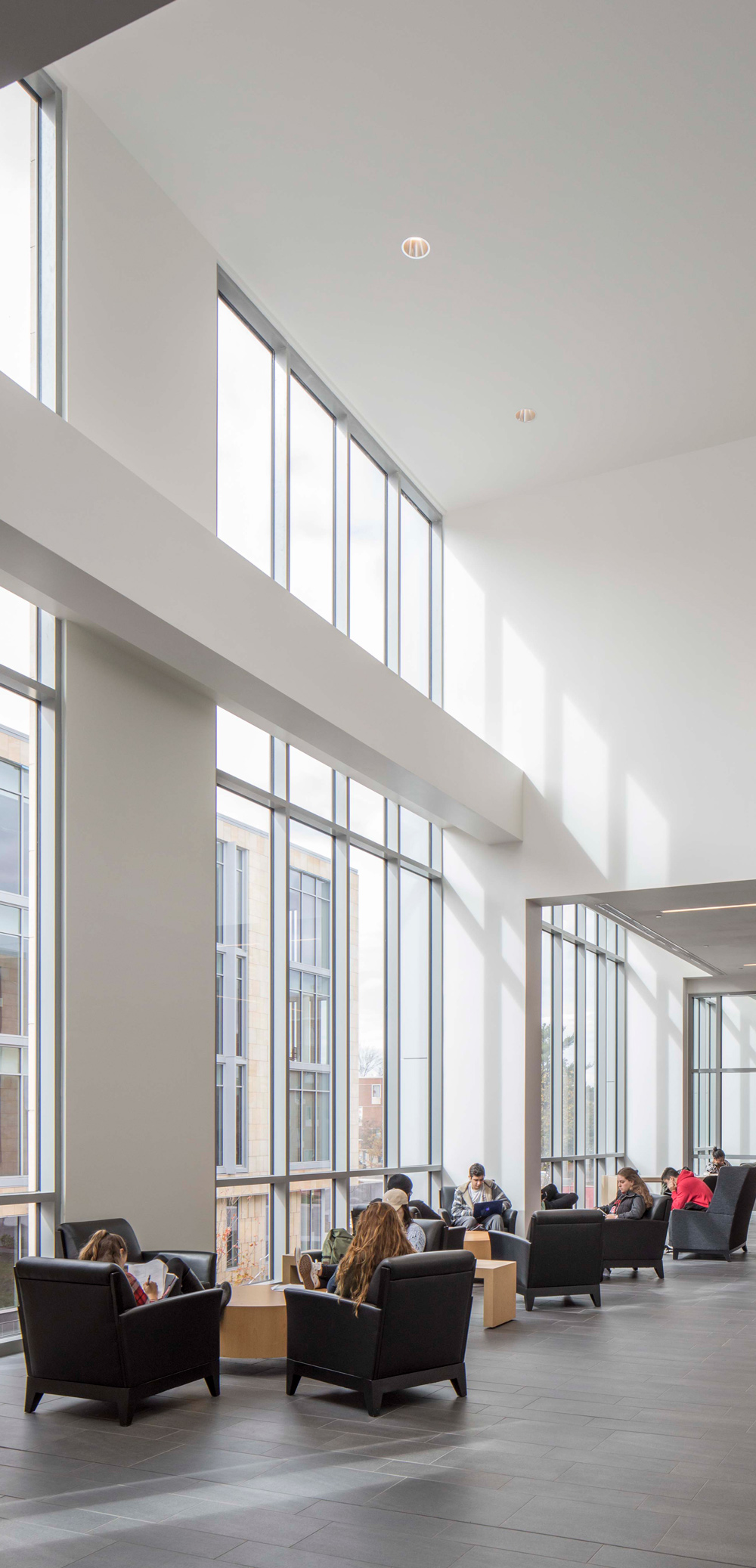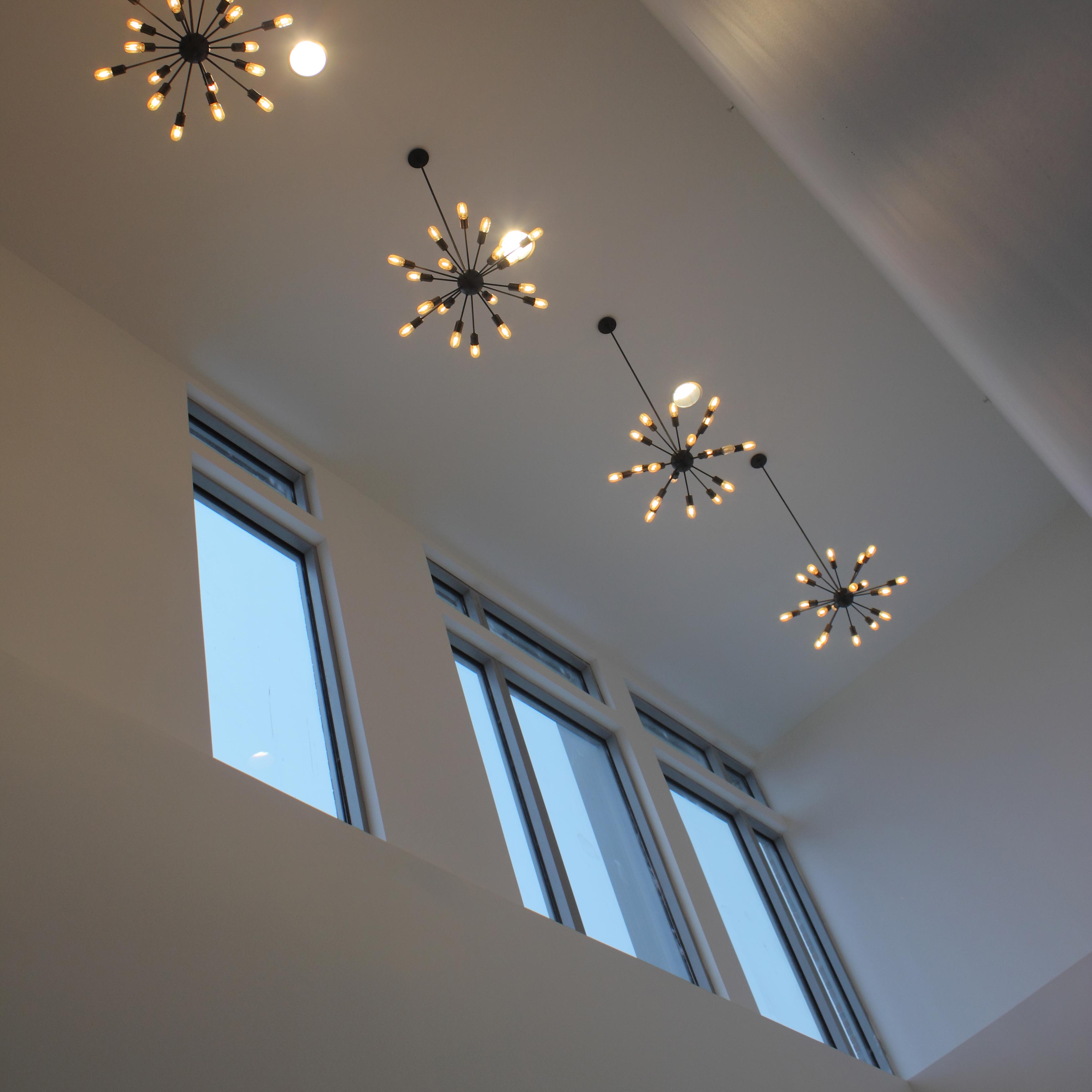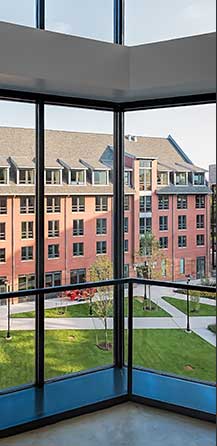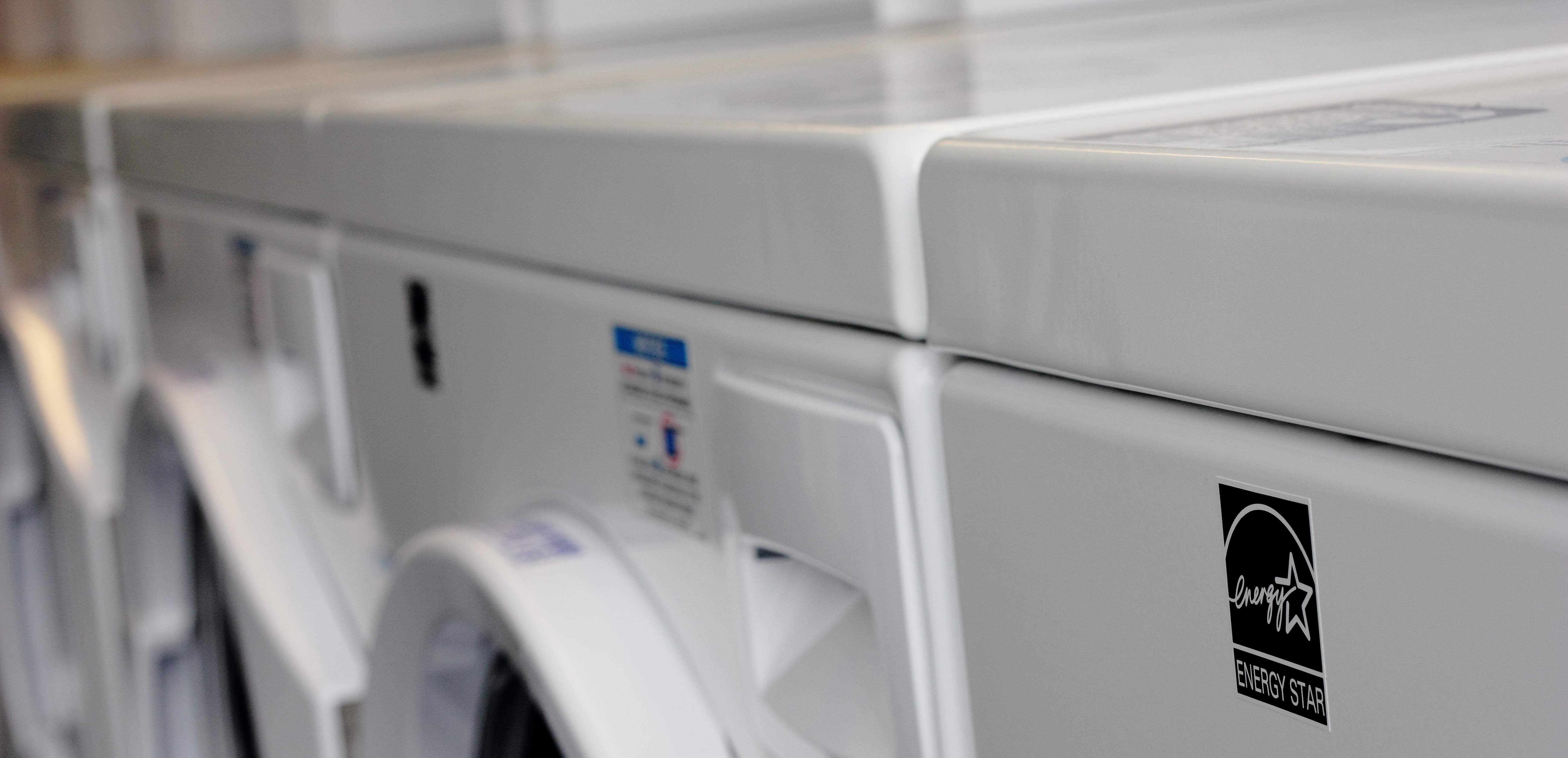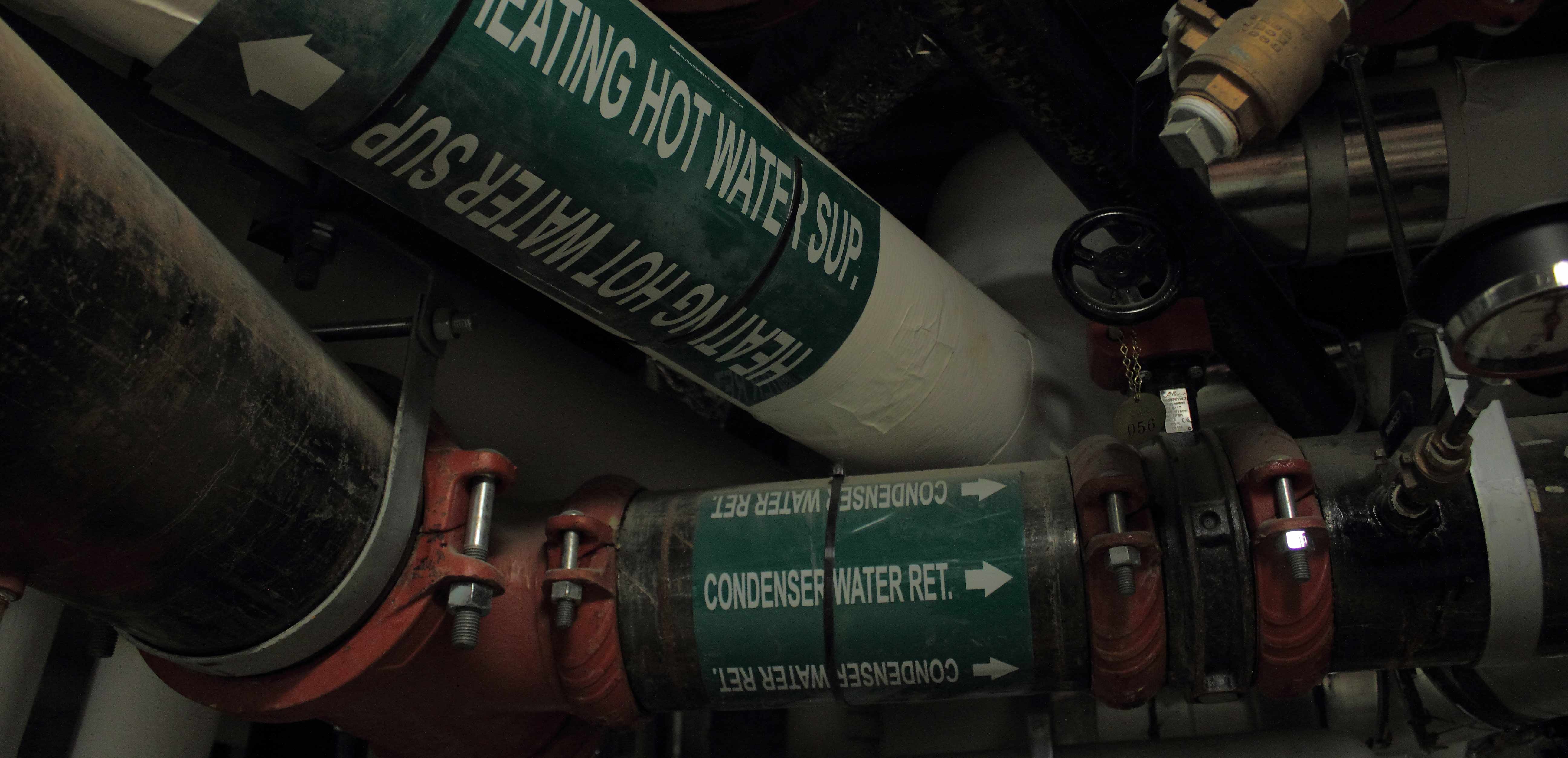LEED is a green building certification program that promotes resource conservation and the well-being of the occupants and community.
There are four levels of LEED certification which fall under the guidance of the U.S. Green Building Council (USGBC) - Certified, Silver, Gold and Platinum.
The level of LEED certification achieved by a project is based upon points earned through the achievement of various credits.
See below for Credit Categories and Descriptions.Credits awarded for minimizing development impact on the surrounding natural environment and providing access to alternatives forms of transportation.
Credits awarded for reducing the volume of water used by the building occupants and for the maintenance of the property.
Atmosphere
Credits awarded for increasing the energy efficiency of the building and utilizing sources of renewable energy.
Resources
Credits awarded for reusing existing building materials, diverting construction waste from landfills, and sourcing local, recycled, renewable, and sustainably harvested building products.
Credits awarded for prohibiting toxic chemicals, providing sufficient natural light, and enabling occupants to control lighting and temperature settings.
Design Process
Credits awarded for exceeding the requirements of credits in other categories and for experimenting with new ways to achieve green building objectives.
Credits awarded for earning credits in other categories that are of particular importance to the local community.



